Introducing Rakewell, Apollo’s wandering eye on the art world. Look out for regular posts taking a rakish perspective on art and museum stories.
The Anna Sorokin story continues. First she scammed the art world and now she is becoming a bona fide member of it. Unhappily ensconced in an Immigration and Customs Enforcement facility (known, to all keen Netflix watchers, as ICE) Sorokin has produced an artwork that is now on display at a pop-up exhibition, ‘Free Anna Delvey’, in New York. The scrappy drawing, which name-checks Agent Provocateur and Alexander Wang, is clearly on brand for the woman who prefers the label performance artist to con artist.
Rakewell cannot help but feel, however, that this places Sorokin in company that is beyond her wildest dreams. No longer must she muse upon dinner with hedge funders and property developers; now she is in the company of some of the world’s greatest artists.
Foremost among prison artists is, of course, Gustave Courbet. Imprisoned for allegedly taking part in the destruction of the Vendôme column in 1871, he produced a series of extraordinary drawings such as Young Communards in Prison (1871) now in the Met. There are even stories of his friends bringing him materials so he could complete his works while in prison.
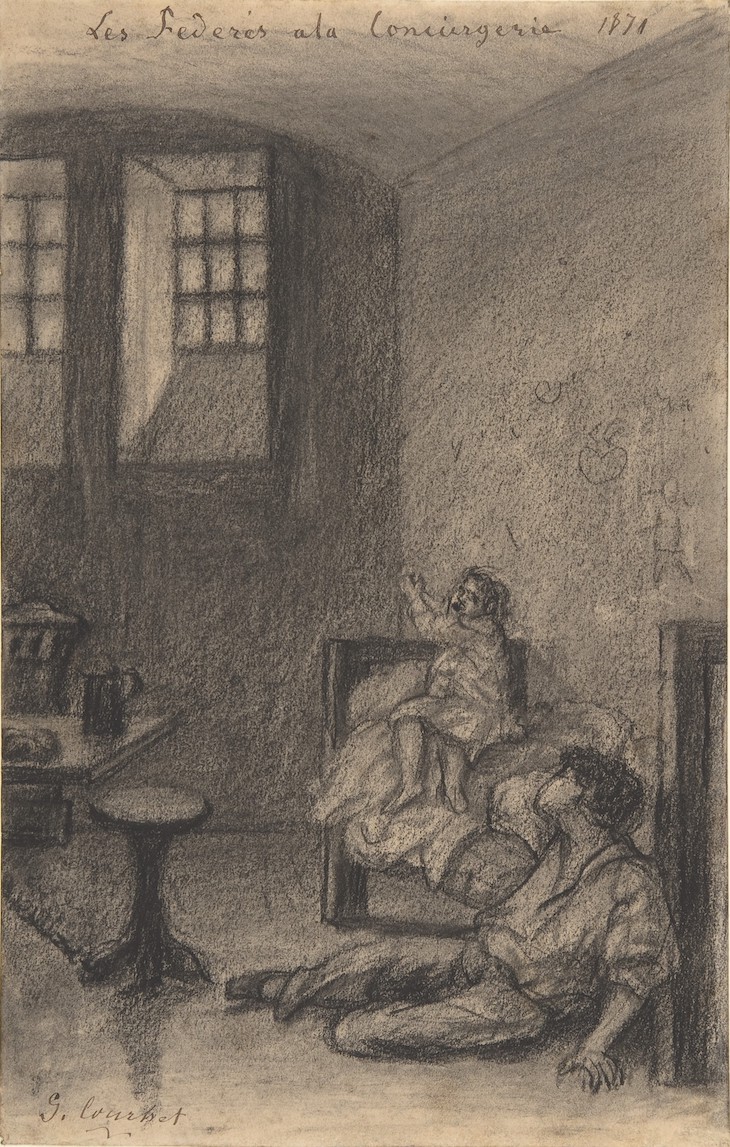
Young Communards in Prison (1871), Gustave Courbet. Metropolitan Museum of Art, New York
Courbet spent a manageable six months in prison – a sentence Sorokin might envy. While there he was allowed an easel and paint but he was not allowed models. Nonetheless he managed to produce some extraordinary still lifes, a genre that was fairly unknown to him, including Still Life with Apples and a Pomegranate (1871) in the National Gallery collection. It is worth pointing out that Paris prisons at this time were not a cornucopia of fruit and flowers but his sister Zoe managed to bring them into the prison for him so that he could paint them. Possibly to the envy of his fellow inmates.
It is true that other artists producing marvellous work in prison are hard to find. There’s a happy selection of artists who spent time in prison – Picasso, Keith Haring, Caravaggio, to name a few. But Rakewell does not know of any works that can be directly ascribed to their time in the cells – perhaps their guards were more mean-spirited than Courbet’s, and they didn’t have the privilege of living in the era of art therapy. Still, Sorokin must feel proud that, with Send Bitcoin, she can remove all qualifiers from her title, and ascend to the rank of, simply, ‘artist’.
Got a story for Rakewell? Get in touch at rakewell@apollomag.com or via @Rakewelltweets.
Unlimited access from just $16 every 3 months
Subscribe to get unlimited and exclusive access to the top art stories, interviews and exhibition reviews.

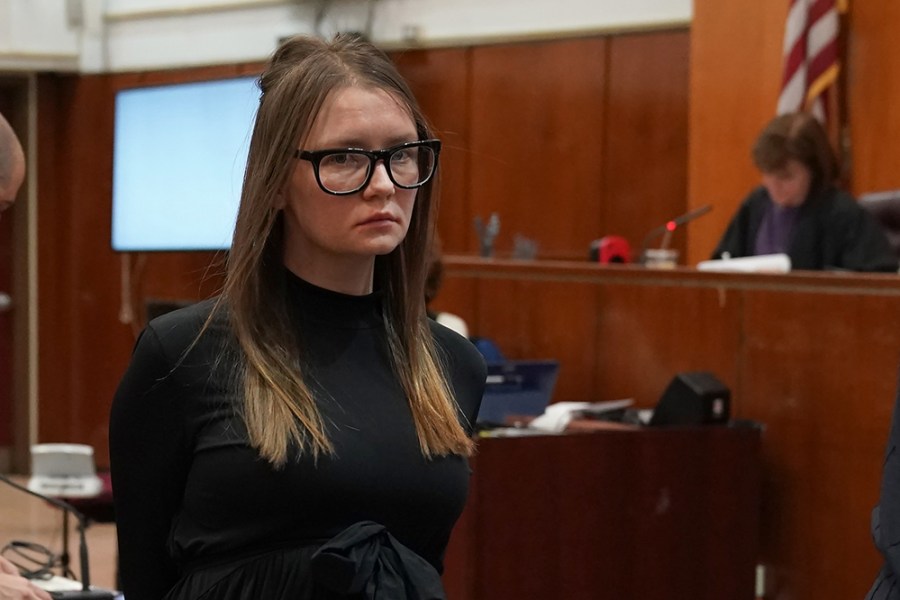
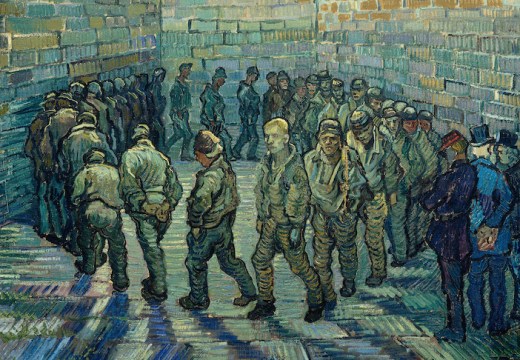
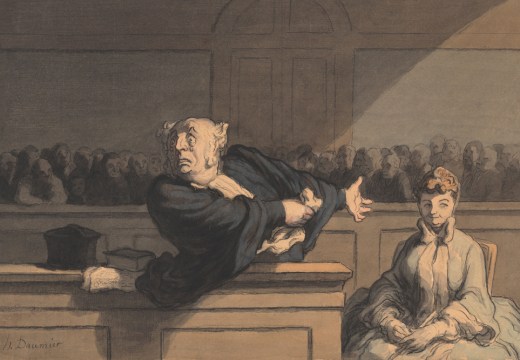
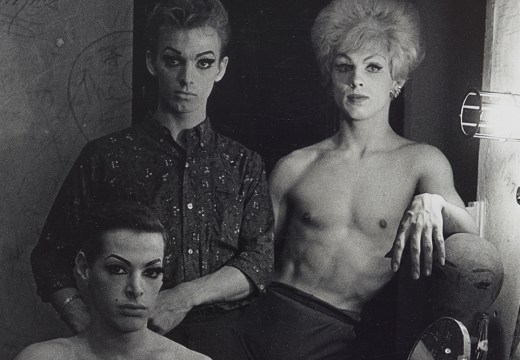









![Masterpiece [Re]discovery 2022. Photo: Ben Fisher Photography, courtesy of Masterpiece London](http://www.apollo-magazine.com/wp-content/uploads/2022/07/MPL2022_4263.jpg)
It’s time for the government of London to return to its rightful home